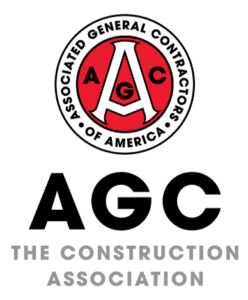Associated General Contractors of America to Release Series of Mental Health PSAs, Host Quarterly Mental Health Forums and Assemble Resources for Firms to Use with their Workers

“We cannot stand by while a silent epidemic of suicide takes place within our industry,” said Stephen E. Sandherr, the association’s chief executive officer. “We want to reduce the stigma of mental health issues in this industry, let people know it is okay to ask for help and, ultimately, save lives.”
Sandherr noted that there were 53.2 suicides per 100,000 workers in (year) compared to a national construction workplace fatality rate of 10.2 per 100,000 workers, according to the most recent federal safety data. He added that a construction worker is five times as likely to die by suicide than workplace safety hazards.
The construction association is preparing a series of video public service announcements (PSAs) featuring construction workers who almost succumbed to their mental health challenges. The workers in these videos will urge members of the construction industry to not be afraid to seek help.
In addition to the videos, which the association will begin releasing in the fall, the Associated General Contractors is also launching a quarterly forum to share examples of successful mental health and suicide prevention efforts. The association is also assembling a comprehensive collection of resources for construction companies and their workers about mental health and suicide prevention. Those resources will be available online, free of charge, to all construction firms.
The new effort is being coordinated by the association’s Mental Health and Suicide Prevention Task Force, which is comprised of construction professionals from across the country. “The bottom line is safety isn’t just about wearing the right protective equipment. It is about understanding you are not alone and that it is okay to ask for help,” Sandherr noted.